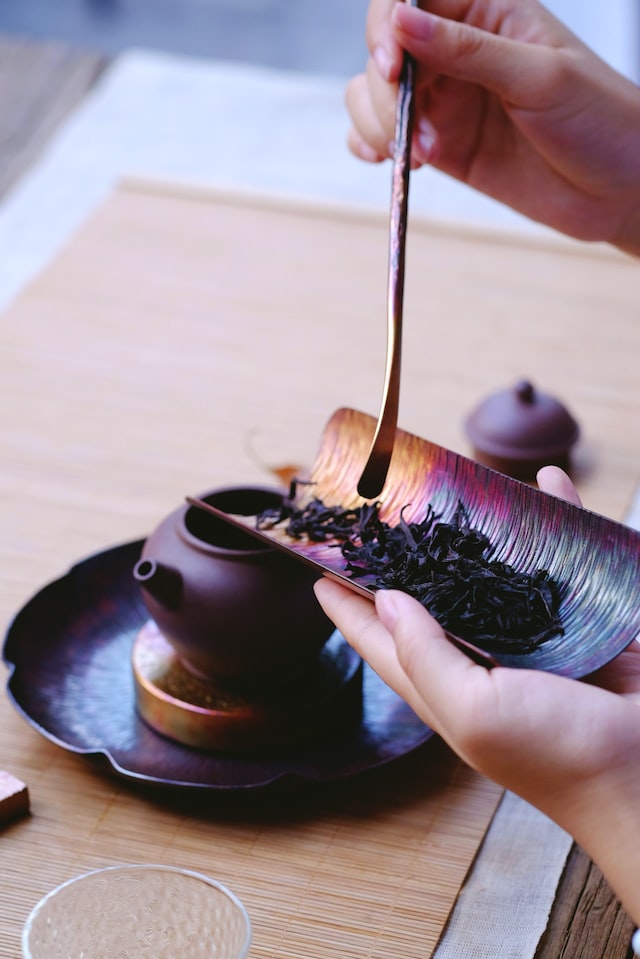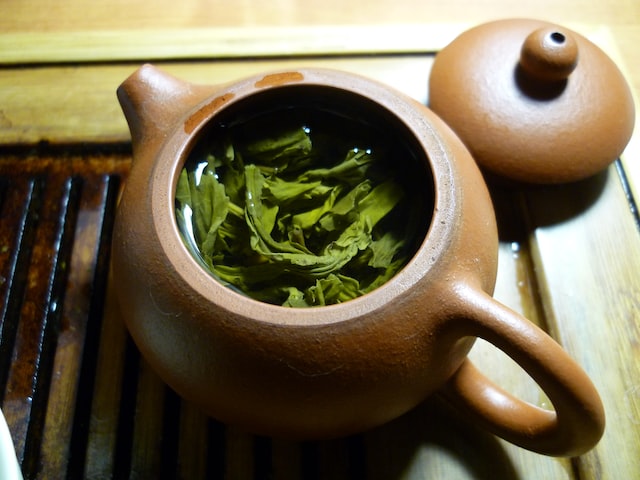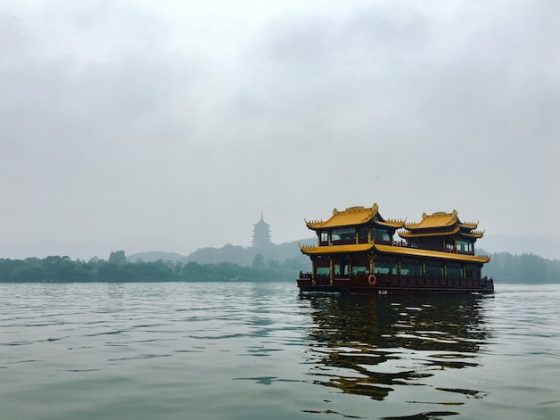Part of China’s history and culture, tea is more than just a refreshing drink and here are some fascinating aspects of it worth knowing before you visit.

Origins of Tea
The origin of Chinese tea dates to 2737 BC and as the story goes it was discovered by accident; it’s said that water was being boiled for Emperor Shennong and his court who were travelling at the time when some dried leaves from a nearby bush fell into the water. The emperor was curious as to how this now new brown liquid would taste and found it quite refreshing which led to the birth of tea in China!
Chinese Tea Ceremony
An integral part of traditional Chinese tea culture is the tea ceremonies that are observed on special occasions like weddings as well as when welcoming someone into a home. While there are different variations, the most common one is the Gongfu (or Kungfu) tea ceremony and aspects like the boiling of water, preparation, pouring and serving all have customs linked to them.
Tourists can also witness this tradition at teahouses found in cities like Tianjin; serviced apartments in the heart of the city at properties like Somerset Olympic Tower Tianjin offer easy access to such teahouses where you can experience this ceremony.
Tea Types of China
China has various teas each with a different taste and characteristic; the oldest of the varieties is green tea which has been enjoyed for thousands of years, while black tea is also popular and known for its subtle aroma. Other widely used varieties are oolong tea which is a combination of red and green teas, yellow tea, pu’er tea and white tea.
Tea Drinking Customs
Tea in China is linked with various customs such as when the bride and groom kneel and serve tea to their parents as part of a traditional Chinese wedding ceremony; sometimes, the bride will serve the groom’s parents and the groom will serve the bride’s parents. Tea is also used as an offering to the gods and ancestors as well as a sign of an apology.











